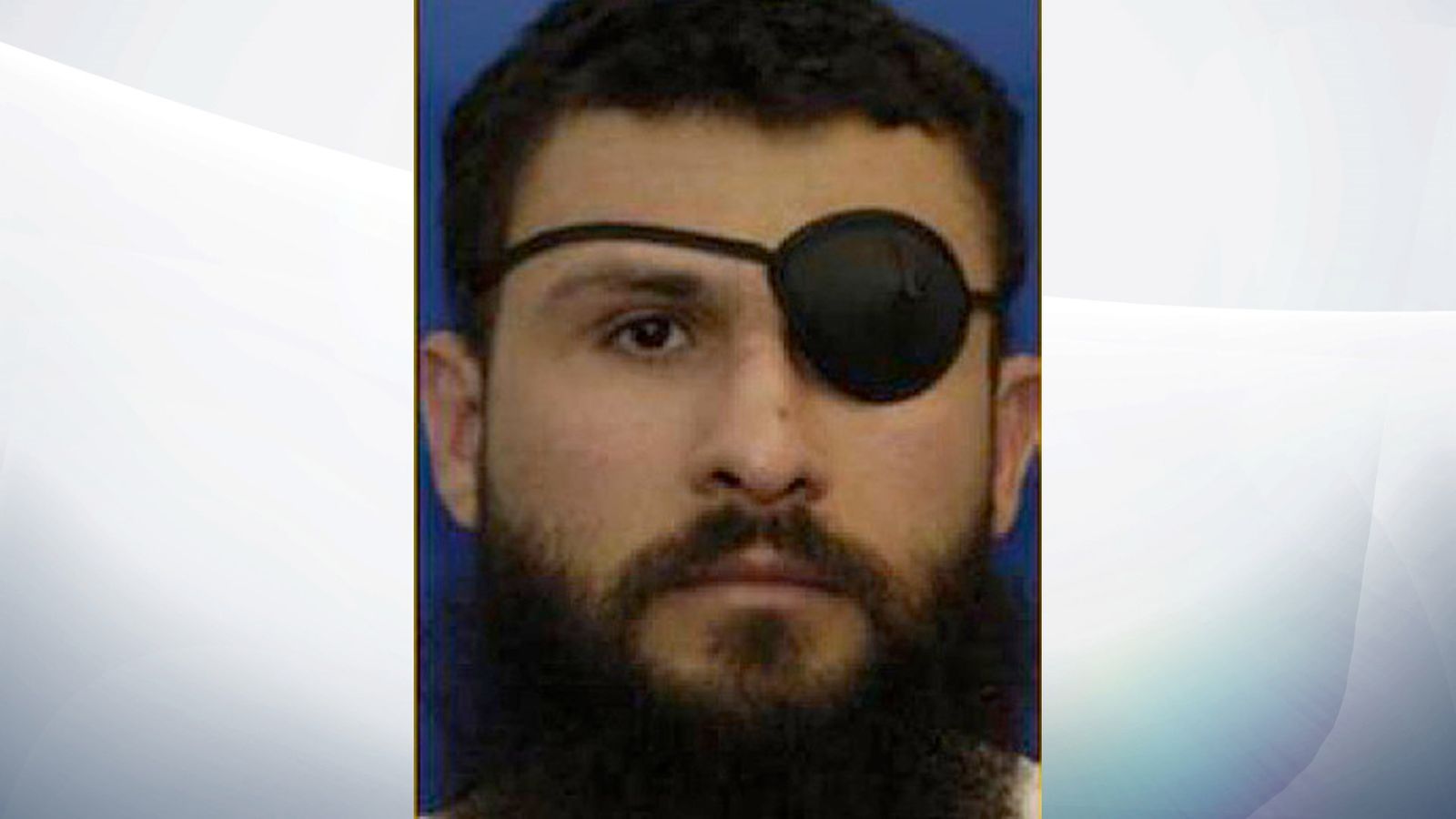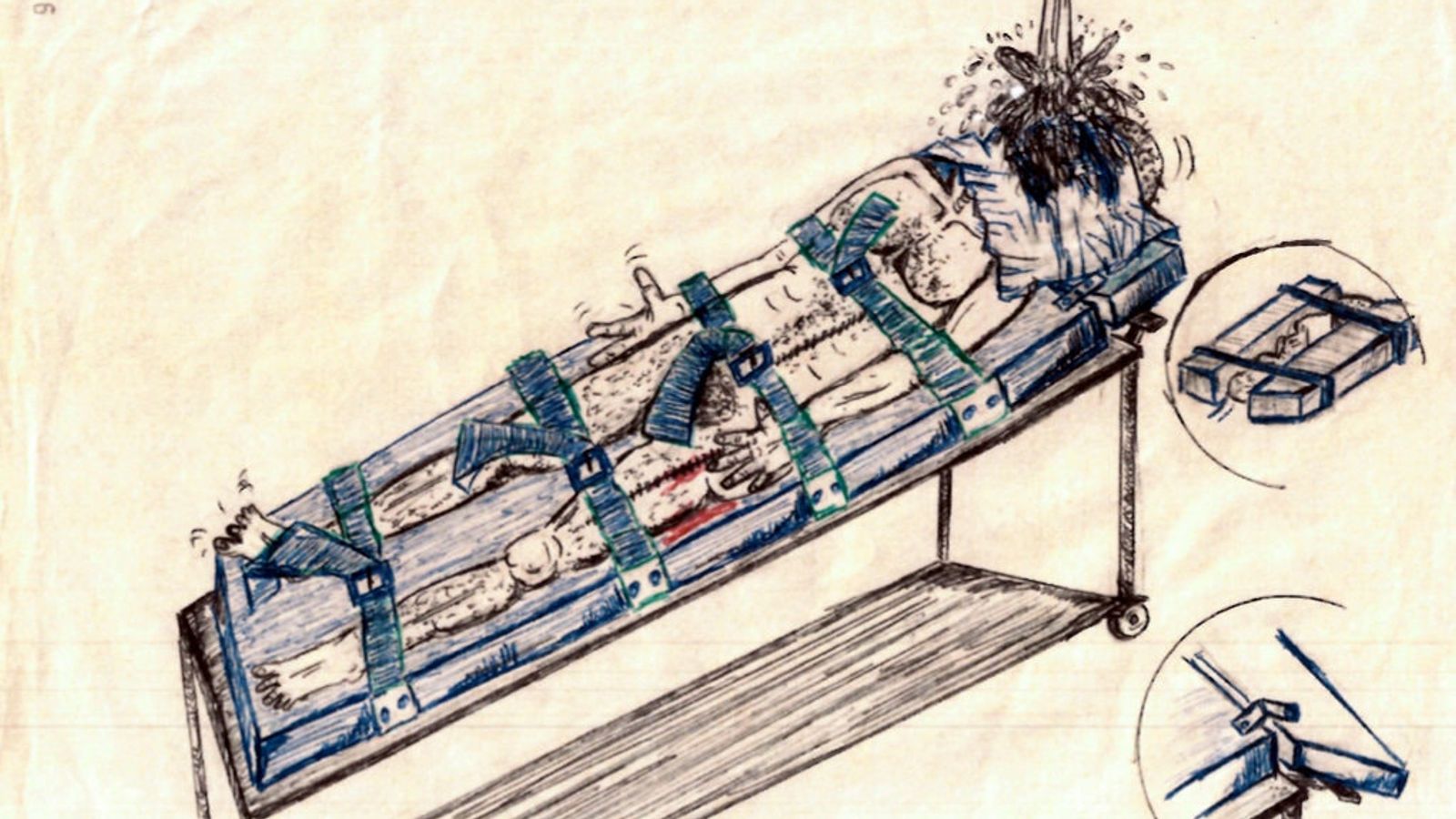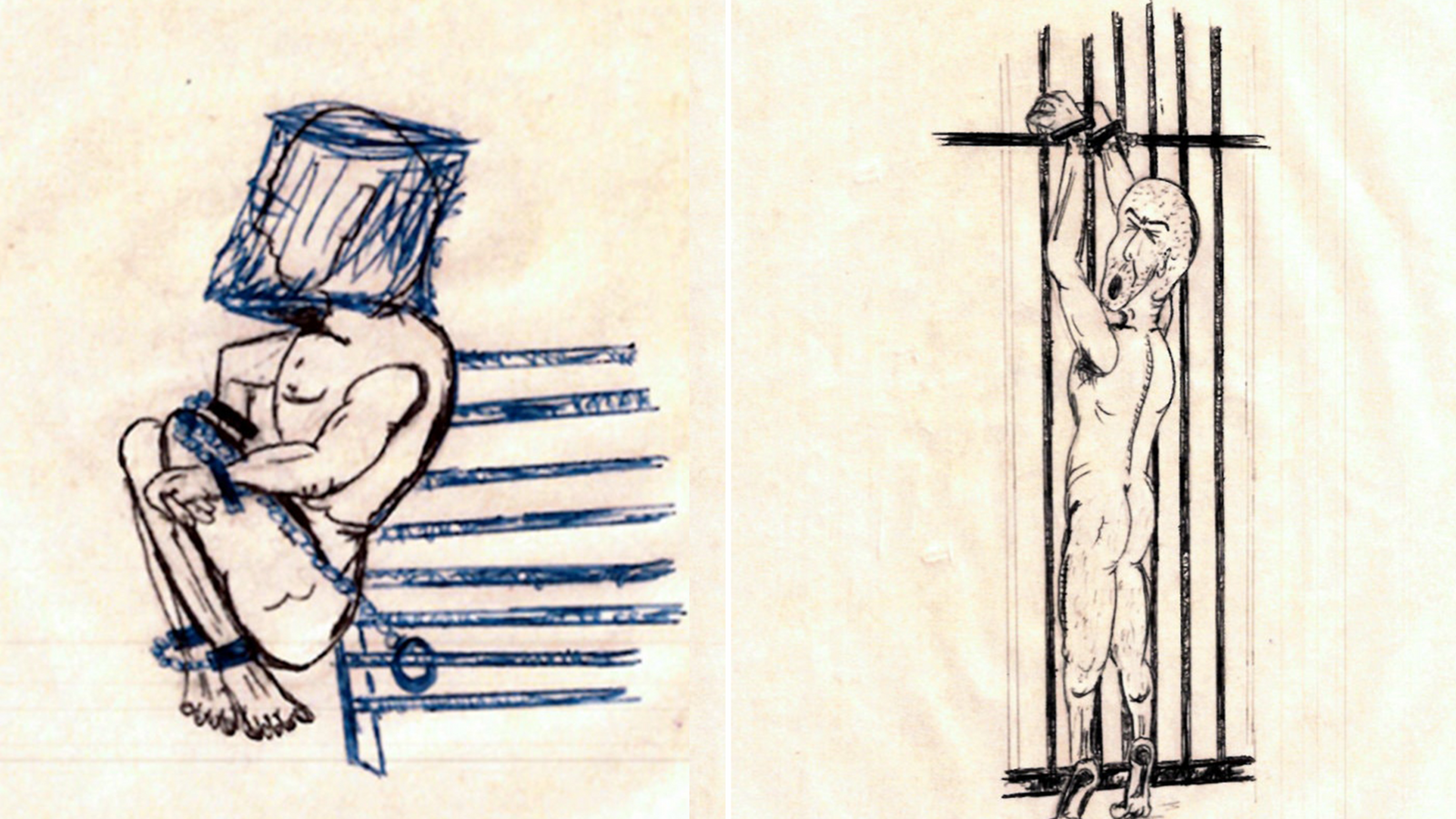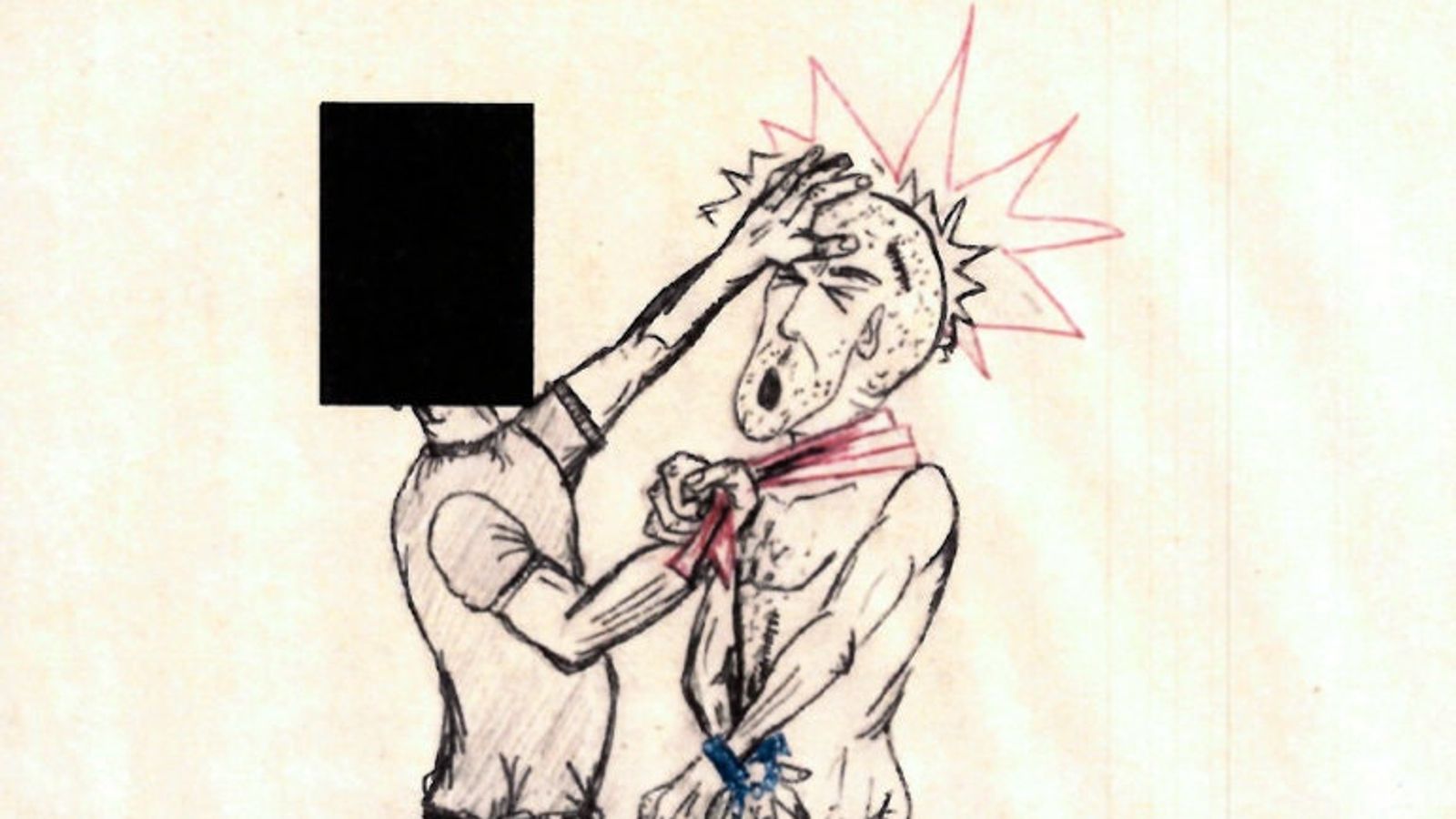Sketches show the inmate being waterboarded, placed in stress positions and placed in small boxes as part of a CIA programme.

Sketches by an inmate at the notorious Guantanamo Bay prison have been released for the first time, detailing what the state-approved CIA's interrogation programme looked like.
The pictures, first revealed by The New York Times, were drawn by a prisoner known as Abu Zubaydah, and consist of self-portraits of the interrogation techniques he said he was subjected to when he was kept in secret CIA prisons in Thailand in 2002.
Warning: Sketches below show waterboarding, sleep deprivation and stress positions that some may find disturbing
Zubaydah was captured in Pakistan in the aftermath of the 9/11 terror attacks, and was accused at the time of being a high-ranking member of al Qaeda.
He was moved between several secret CIA secret sites across the world, and subjected to interrogation techniques that had been approved by the administration of former US president George W Bush in the aftermath of the attacks.
His lawyer, as well as former US officials and various humanitarian organisations say these techniques amount to torture.
Zubaydah is now held in Guantanamo Bay alongside what is thought to be around 40 other prisoners.
He was one of the first known people to be subjected to waterboarding by the CIA - something he sketched out in incredible detail.
The sketch shows him strapped naked to board with a rag over his head as water is poured over him - which supposedly simulates the experience of drowning.
Zubaydah's sketch also shows that the section of the board where his head was could be tilted back.

America's 20-year war in Afghanistan is over
Abu Ghraib: The Real Stanford Prison Experiment
In a now-declassified account in 2008, he revealed he was waterboarded 83 times.
The sketches were drawn for a report by his lawyer, Mark P Denbeaux, called How America Tortures, which analyses the CIA's interrogation techniques.
Another image shows Zubaydah placed in a stress position whereby he has been chained to a railing above his head, meaning he had to spend hours on his tip-toes.
Pictures also depict him being "short-shackled" where he was left in a foetal position, naked, with a hood on his head, while chained to a low down cell bar.
Images also showed the prisoner being placed in sleep deprivation positions - showing him laid flat on the ground both on his front and back, and shackled at the ankles and the wrists.

The CIA defends sleep deprivation techniques, claiming it focuses the mind on to what is happening now, rather than "ideological goals".
Zubaydah also drew himself in confinement, in both small and large boxes, which limited movement, caused him pain and plunged him into solitary darkness.
In the "large" box, with only enough room to sit, he depicts himself as nude, with his arms and legs shackled, sat on a bucket - which he says is a toilet.
The small box had only enough room for Zubaydah to curl up on the floor in the foetal position, according to his drawing.
In his 2008 account he said that it induced "very strong pain" that made him scream.
Only one of the images had to be redacted - that of him being pushed against a wall.

He had drawn a picture of the person interrogating him - who appears to be pushing Zubaydah's head against a wall while holding his neck in a towel - which he said sometimes left him temporarily blind.
Zubaydah said he repeatedly fell due to the pain inflicted on him.
The techniques outlined by Zubaydah had been approved by the Bush administration as America was on the hunt for al Qaeda members after the September 11 attacks. The CIA has described them as enhanced interrogation, but the Obama administration in 2009 called it torture and repudiated the techniques.
A Commons report in 2018 said that MI6 had "direct awareness of extreme mistreatment and possibly torture" of Zubaydah.

According to The New York Times, he was a jihadist but had no prior knowledge of 9/11 and was not a member of al Qaeda.
BLOG COMMENTS POWERED BY DISQUS



